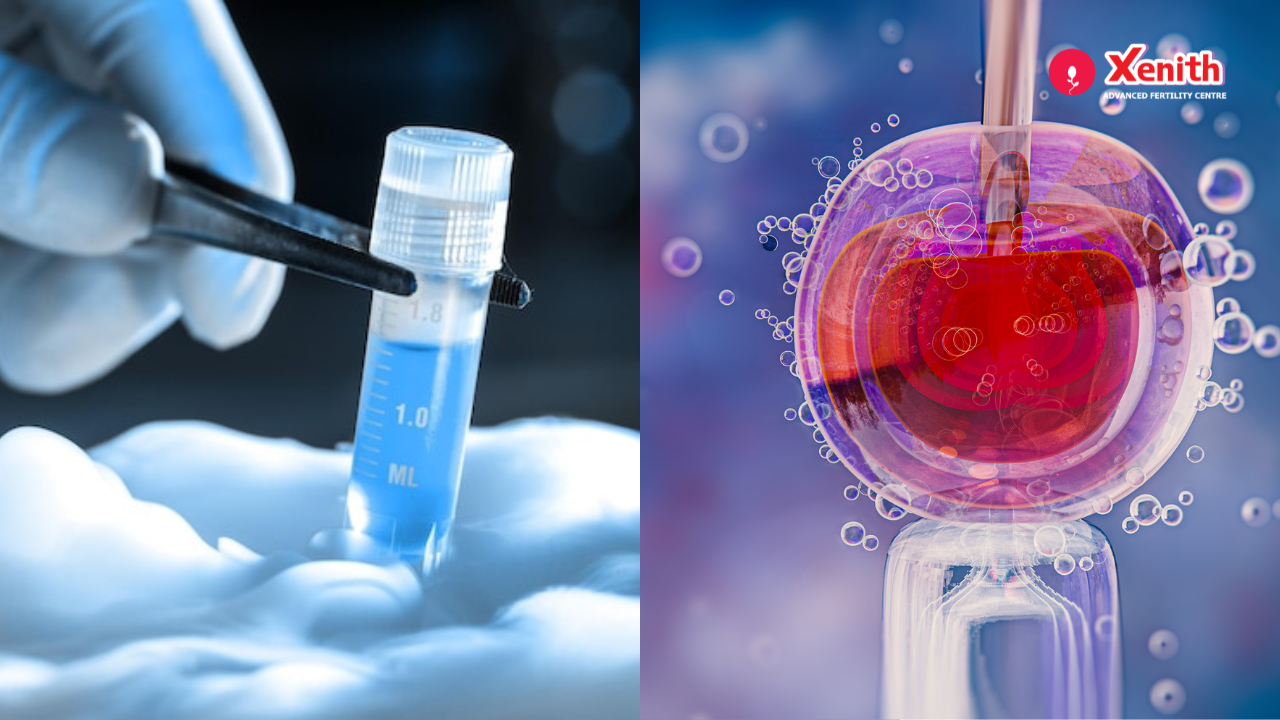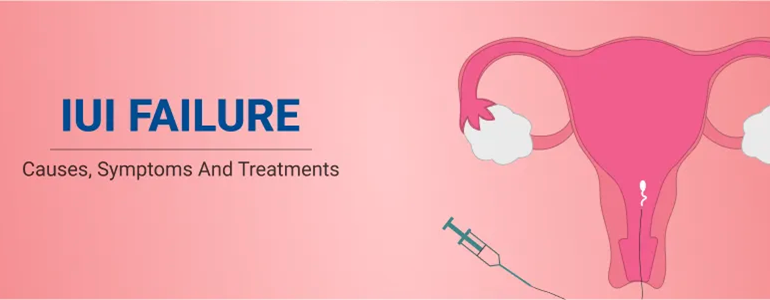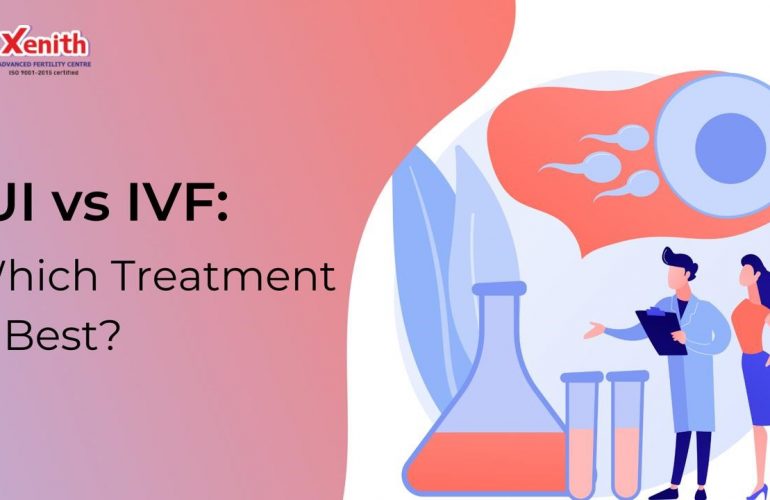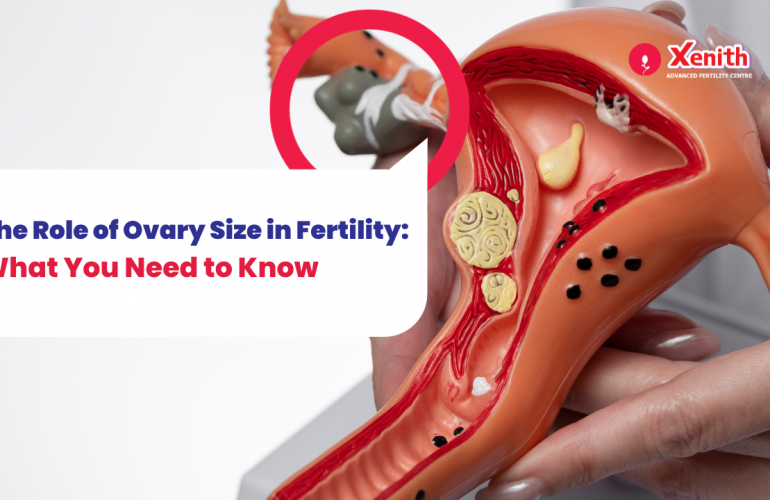Fresh food is often thought to be better than frozen food, but is the same true for fresh IVF cycle versus frozen IVF cycle? Let’s find out.
What is fresh IVF
IVF or in vitro fertilization is a set of procedures meant for people who are dealing with infertility so that it can help them to have children. In IVF, the woman’s ovaries are first stimulated with medication to produce more than one egg. Once the eggs are mature, they are retrieved from her ovaries and fertilized with washed sperm in a laboratory setting. Then the fertilized egg (embryo) is transferred back to the woman’s uterus after a few days hoping that it will implant in the uterine wall starting the journey to pregnancy.
What is frozen IVF
If there are excess embryos left over or if the couple want to save the embryos till a later date, these viable embryos can be frozen or cryopreserved. First some cryoprotective agents are added to prevent crystallization or cell damage. Then they are frozen in liquid nitrogen at -196oC and stored. When the embryo is needed, it is thawed, the cryoprotective agents are removed, and then evaluated to see if it’s viable. The viable embryo is then available for implantation. Meanwhile, the woman is given medications to create an ideal environment for the embryo to adhere to the uterine wall by making sure through bloodwork and ultrasound that the hormonal levels are balanced and the uterine lining has developed properly.
Which process is better
Research shows that frozen embryo transfer results could be slightly higher compared to fresh transfers as the window of implantation in the uterus may shift under the influence of ovarian hyperstimulation. However, under well controlled cycles both fresh transfer and frozen embryo transfer have similar success rates. Each case should be individualized to offer the best possible success rates to the patient. So, this doesn’t mean that frozen IVF or fresh IVF should be chosen all the time.(1) There are various advantages and disadvantages for each procedure. The appropriate procedure for each individual patient has to be determined by the specialist and is dependent on a number of unique circumstances for that specific patient.
- High risk of OHSS- Ovarian hyperstimulation syndrome(OHSS) occurs sometimes on women undergoing IVF. The IVF procedure begins with medications given to stimulate the ovaries to produce more than one egg for harvesting. But in some rare cases, the ovaries could swell and cause pain, nausea, and vomiting among other symptoms. In such cases, fresh embryo transfer might not be recommended and the embryo could be frozen to be used later when the ovaries are in better condition and the body is more receptive to becoming pregnant.
- Women having endometriosis or polycystic ovary syndrome (PCOS)- In women who are dealing with endometriosis, the uterine lining also grows outside the uterus and may cause scar tissue that blocks the fallopian tube or damage the ovaries. The ovarian stimulation in IVF could cause a spike in estrogen levels, which in turn affects the uterine lining (endometrium) so that it’s harder for implantation to occur. In this case, the doctor could delay the embryo transfer procedure and keep it frozen until a later date. Women suffering from PCOS, who have irregular or no periods, also stand a better chance of a live birth using frozen IVF transfer although they also stand a higher risk of preeclampsia using frozen IVF transfer.
- If you want preimplantation genetic testing done to check for any genetic defects and the results are not yet available, you might need to delay fresh embryo transfer until the results are available. So in this case, it might be best to resort to frozen embryo transfer.
- Possibility of harming the embryos – Since embryos are delicate, they need to be handled with a lot of care in the freezing and thawing process and need to be carried out by an experienced IVF specialist. Otherwise, there is a risk of harming the embryos, especially during their thawing.
- Going through fresh embryo transfer takes less time initially because the embryo can be transferred a few days after the eggs are harvested whereas you might have to wait a month or more after egg harvest for frozen embryo transfer. However, if you have harvested several eggs and several embryos have formed, you have the option to freeze these embryos and do the transfer several times later and not have to go through ovarian stimulation and the whole IVF process all over again. You just need to have a receptive endometrium and proper hormonal levels for the embryo transfer and implantation to be successful.
- Using frozen embryos can also be beneficial for your own mental and physical health. Going through the process of harvesting fresh eggs could take its toll both physically and mentally. Using frozen embryos needs to be planned carefully so that it coincides with optimal uterine receptivity for the woman. But since the beginning part of IVF procedure like the ovarian stimulation and egg retrieval has already been carried out, it makes just the transfer of the thawed embryo easier. Not all women’s bodies are immediately ready to receive an embryo after taking stimulation medications and some women need additional time to balance out their hormone levels and for their uterine environment to become more receptive to an embryo. Frozen embryo transfers allow women the luxury of time to recover before embryo transfer. However, if the IVF clinic is far away, you might need to travel back to the clinic again for a frozen embryo transfer and it might be easier to go through fresh embryo transfer in this case.
- Age- It is common knowledge that age plays a big role in success rates for conception. The older one gets, the odds of getting pregnant get lesser. So, freezing your extra embryos when you are younger, can lead to a higher chance of success later on due to the better quality of embryos.
In the past, when the embryo freezing technique was not well established, fresh embryo transfer was preferred. Now due to extensive research and newer technology as well as access to better equipment, and extremely good freezing techniques with the use of vitrification, frozen embryo transfer cycles are opted for most of the times to reduce the effect of ovarian stimulation on implantation which happens in fresh cycles. Ultimately, what works best depends on each patient’s unique medical needs and the assessment from an experienced medical team. Understanding the differences between frozen and fresh IVF transfers as well as knowing it’s advantages and disadvantages could help you choose the treatment that’s best for you. Also each patient could react differently to the various medications that are administered during the IVF treatment and the IVF specialist needs to be closely monitoring the patient for any adverse signs and symptoms to decide between a frozen and fresh transfer. The IVF specialists and staff at Xenith Advanced Fertility Centre have a long list of success stories and are very experienced in dealing with all sorts of infertility issues. Please feel free to call them if you have any questions.




